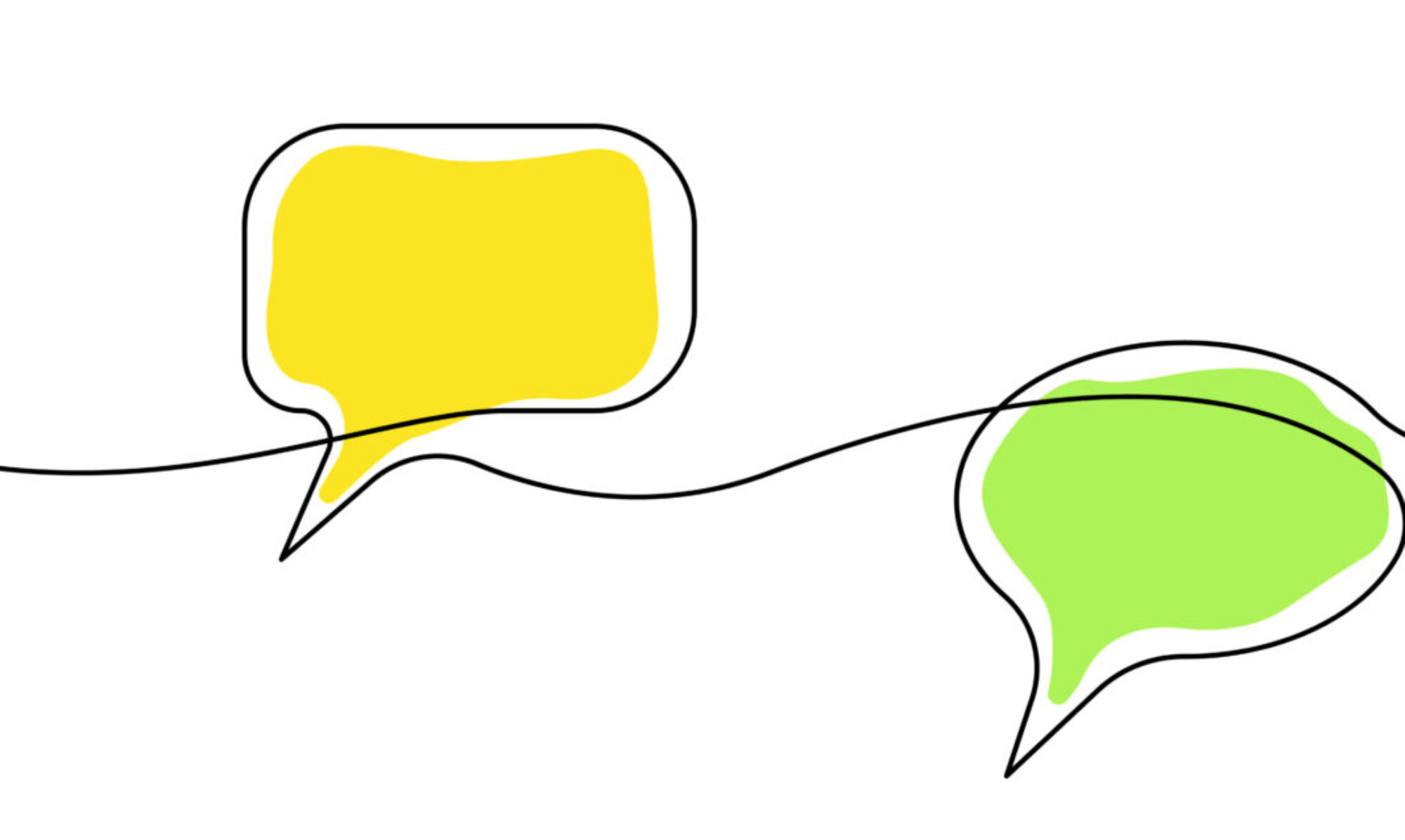Being aware of current trends and incorporating them into your communications strategy makes your company look and feel like a forward thinker, an organization who is a leader rather than a follower.
And really, isn’t that that where every great company wants to be?
Working in the creative field, part of my job as a freelance writer is to ensure that the content I write and the ideas I come up with reflect what’s trending not only in my clients’ respective industries, but also in the common culture at large. As a result, I suppose that I tend to get a little grumpy when I see retailers and other companies falling behind in their ability to reflect what’s happening right now.
This weekend I was in a “big box store” which caters to hobbies like scrapbooking. And it has a lobby. (That’s a thinly veiled clue right there.) Walking through the aisles I saw–repeatedly– a plethora of mustache-themed stickers, signs and other similar items. Here’s the problem: the mustache trend began over 5 years ago.
The first time I saw the mustache look was in 2010, when I was looking through ideas for ad agency Christmas cards. In the midst of all the ugly sweater pictures and awesome “fold your own” cards, I found one from the prior year which included an awesome photo of the agency folks as a “mustache yourself” printable. It was clever and funny and just irreverent enough to make me take notice. Over the next year I saw the look begin to pop up on leading retail sites, then all over Pinterest. In fact, I incorporated mustache’s in my 5-year-old’s art-themed birthday party in late 2011.
Now keep in mind that big box store isn’t alone in its behind-the-curve efforts. In fact, there are a wide variety of companies in a wide variety of industries that aren’t staying on top of trends because often they’re so focused on the business of business that they don’t have the time, energy or resources to do so.
Often, however, being behind the proverbial 8-ball when it comes to current trends also means being behind in other areas. For instance, some companies still have websites that lack the responsive designs that are critical in today’s business environment, when those sites are being viewed on phones and tablets. Too often, their websites aren’t updated (some are downright stagnant) or optimized, and those that could benefit from social media aren’t taking advantage of it (while others for whom social media may not be the best choice are relying too heavily on it).
Being aware of current trends and incorporating them into your communications strategy makes your company look and feel like a forward thinker, an organization who is a leader rather than a follower. And really, isn’t that that where every great company wants to be?
Blogging • Brand Message Development • Newsletter Content • SEO-Rich Content Development/Web Copywriting • Sales Materials








